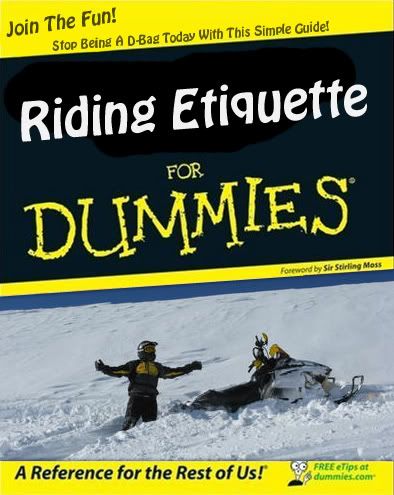B
Bacon
Well-known member
If that were fact, then it might be due to being too comfortable for their own good.
I don't know if you are referring to mtn "riders" or the actual residents who live in the mtns...Cause I've seen plenty of flatlander's names in the paper at Cooke or other places who get killed or get buried because of a total disregard for avy safety.
You know what pisses me off....all the stories I hear about at Cooke City...and seen myself in fact, where people from NoDak, SoDak, MN, WI or MI get killed when they are breaking all of the rules on the hill.
Not saying that the others aren't doing stupid things too....
Mountain residents are hardly the main culprit.
I'd like to see stats on states where victims are from.
In places like Cooke, I'd bet the balance will tip in favor of the flatlanders.
I'm just sayin....
Rreeeaaalllyy, Then how come the last two people to die in Cooke have been from Montana. I ride Cooke way more than you and I see the dumb stuff all the time. To generalise that the flatlanders are the cause of all accidents doesn't hold water. Places like Crown Butte and Scotch Bonnet are death traps and I stay away from them. Yet I see people climbing these places all the time. I don't stop them to check where they are from, but I would bet it would be a mix of locations. Next time, don't be such a pompous a$$.



